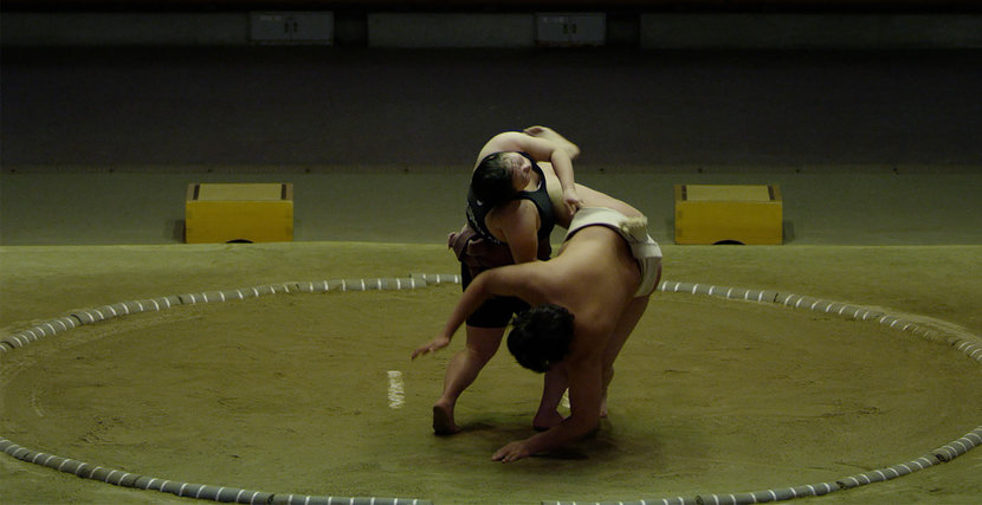On Oct. 28, Netflix released “Little Miss Sumo,” a documentary short from British filmmaker Matthew Kay. The 20 minute film, which was first released in Britain last year, follows Hiyori Kon, a female Japanese sumo wrestler as she strives to become the world’s top female competitor in the traditional Japanese sport.
While following Hiyori in this pursuit, the film highlights the obstacles that female sumo wrestlers face in pursuing their dreams in Japan. Female wrestlers are banned from the sport at the professional level there, so the prime age for female sumo wrestlers is considered 20 years old — the oldest at which wrestlers can compete as amateurs domestically.
The film introduces this issue with simple exposition. Kon speaks about how society’s perception of her as a female sumo wrestler has changed as she matured from primary school, to a young adult and beyond. Hiyori explains that Japanese society expects women to be quiet, domestic and submissive — in Hiyori’s own words, the ideal Japanese woman is “invisible.”
This expository phase is the weakest part of the film. While it serves as a decent introduction to the topic, it does not show any creativity or craft on the part of the filmmaker.
Where the film gets interesting is when Hiyori travels to compete in the international sumo wresting championship. Kay uses the competition as an extended metaphor for the struggle of female wrestlers attempting to break into the world of professional sumo wrestling.
While the competition does not directly pit female wrestlers against males, Kay calls the viewer’s attention to the dearth of Japanese women in the field of globally prominent sumo wrestlers. This under-representation of Japanese wrestlers in the highest women’s tournament in a sport invented in and culturally universal in Japan emphasizes the magnitude of the barriers women face when trying to stay in the sport past their adolescent years.
The strength of this narrative technique is in its subtlety. Rather than telling the viewer that women from Ukraine, Russia and the U.S. dominate the female sumo wrestling world on the international level because they see drastically better investment and interest in the women’s sport, Kay leads the viewer to discover this for himself. Kay thus reveals his thesis while at the same time supporting it with actual evidence. Most importantly of all, this makes for a much more interesting film than the simple exposition which dominates at the beginning of “Little Miss Sumo.”
American audiences may find the film a bit unsophisticated, as the way women’s sports are discussed in the film can feel regressive and outdated. Ultimately, though, this serves as a reminder of just how far behind the U.S. many countries are on the issue of gender inclusivity in sports.
Matthew Kay does not redefine the documentary art form in the 20 minute runtime of “Little Miss Sumo.” Still, the film is undeniably interesting in substance and style, and at only 20 minutes long, it is certainly worth a watch.
